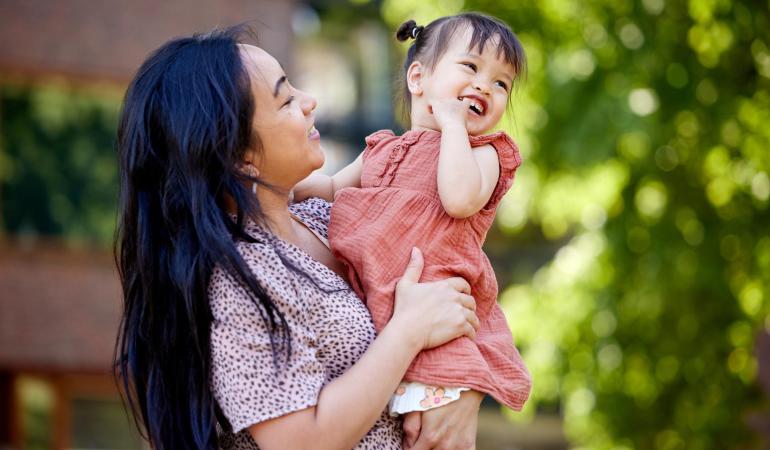
The percentage of babies and toddlers that were vaccinated in the framework of the National Immunisation Programme appears to have decreased slightly compared to last year. During the same period, there was a clear increase in vaccination coverage for the HPV vaccination, which children receive around the age of 10 years. The increase was higher among boys than among girls. These findings are from the report on ‘Vaccination Coverage of the Dutch National Immunisation Programme – 2025’. In addition, there was a slight increase in vaccination against whooping cough (pertussis) and flu during pregnancy.
In the Netherlands, children receive vaccinations for 13 infectious diseases that could result in a severe course of illness. This is arranged through the National Immunisation Programme. Almost all children take part in the National Immunisation Programme from birth.
High vaccination coverage is important in order to continue protecting people against serious diseases. When vaccination coverage decreases, outbreaks of these diseases happen more often. In 2024, there were a striking number of cases of whooping cough, measles and mumps.
HPV vaccination
Vaccination coverage against HPV (the virus that causes cervical cancer, among others) has shown a clear increase. There was also a less significant difference in HPV vaccination coverage between boys and girls compared to last year. The HPV catch-up campaigns may have had a positive impact here. These campaigns were organised from 2022 to 2024 to invite young people aged 26 years and under to get an HPV vaccination, if they had not yet been vaccinated or only received one of the two vaccine doses.
Where is vaccination coverage decreasing?
RIVM has been researching changes in vaccination coverage, with the aim of increasing coverage and reducing health inequalities. Looking at the type of primary school, vaccination coverage decreased significantly in recent years at Muslim schools. Coverage has been relatively low at Orthodox Protestant and anthroposophical schools for some time now. The strongest decrease in vaccination coverage was seen among Dutch children with a Moroccan or Turkish migration background, children who do not go to formal childcare, and children from large families (4 or more children). Working with the Youth Healthcare Services (JGZ) and the Ministry of Health, Welfare and Sport (VWS), RIVM is focusing particular attention on neighbourhoods and specific groups in which relatively few people get vaccinated.
Data partly anonymised
It is no longer possible for RIVM to provide precise data on vaccination coverage for the various childhood immunisations. Since 1 January 2022, some of the data on vaccinations that is sent to RIVM has been anonymised. This is because parents and/or young people do not always give Youth Healthcare Services permission to share vaccination data and personal details with RIVM. The anonymous vaccinations cannot be included in vaccination coverage, since the anonymised data no longer includes the details needed to determine vaccination coverage – such as the birth year. RIVM does take anonymous vaccinations into account wherever possible in order to determine the actual vaccination coverage.
Vaccination coverage specified for each infectious disease is presented in the report on ‘Vaccination Coverage of the Dutch National Immunisation Programme – 2025’.
More information can be found at SocioVax: social science research on vaccination | RIVM